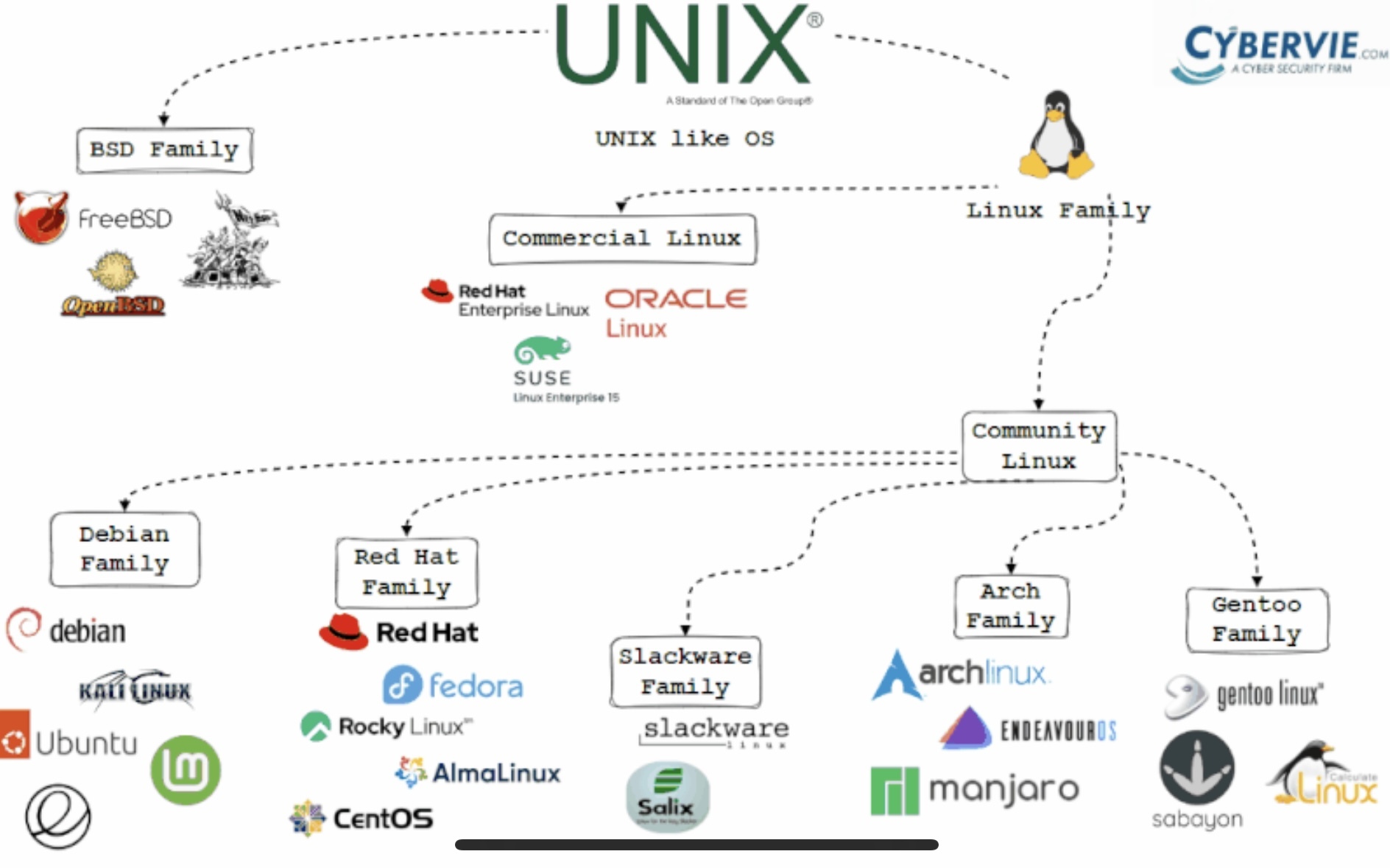Maybe you mean the opposite to wine? The 1st WSL (called V1) was a sort of simulation of the Linux terminal, but wasn’t too compatible. The current version (V2) is a full virtual machine that kind of shares the network and file system automatically, so it can run basically any Linux command line tool.
balder1993
“Android is open and Google Play is not the only way to get apps”
I feel like Google never completely blocked apk installation on Android so that they can use this argument whenever it is convenient.
Encyclopedia Brittanica wasn’t designed to be addicting and offer misinformation for one.
Huh? It seems to me these are all books about technical skills.
Also AWK is made to be fast, right? I suppose doing something in CPython in a non efficient way might not be noticeable with a bit of text, but would show up with a large enough data stream.
They can’t close the source code as long as they use the Linux kernel, right? Besides, Android is popular among other companies because they can customize part of it as they see fit.
This change isn’t really that drastic, because Android never really followed the open source way of doing things. The article even explains that this won’t change much even for ROM developers, since they’re not creating releases based on “work in progress” branches.
Really the only difference is that Google will spare the work of merging two separate branches often and solving conflicts that might as well be turning into a nightmare as the code base has grown.
Yeah, just a note, basically these Linux distros are the same at their “core”, but what differs among them is mostly about the software they have and the way they’re managed.
So you have distros that offer only open source software in their repository, some include proprietary drivers. Some distro families will have some differences in the path of certain folders, different families use different formats of their packages (which include the actual binary of the software together with the metadata about how to install them in the system), although a purely Linux binary should be executed in any Linux distro. Some offer more guidance during installation and setup, some offer a more “raw” experience that force you to chose every little detail, and so on.
Another difference is in their philosophy of how the packages and dependencies are made available. Distributions such Arch Linux and its derivatives always offer the latest versions of each package, reason why they’re called “rolling release”. Distributions such as Debian offer a specific version that’s “frozen” and tested thoroughly until a new version of Debian is released with more updated software.
Some say a rolling release distro is better for gamers because you always get the latest features and performance improvements, but they’re naturally less reliable than a stable distro.
So I’d say the important thing is to understand the trade-offs so that you can choose the best thing for you. And also there’s no downside of experimenting different distros in a virtual machine, for example.
Also has an interface that clicks easier with people used to Windows.
Here’s a nice pic that make you feel less “lost” about how some popular distributions relate to each other:

I think we’re naturally a bit suspicious of freeware as “misleading” because so many old software used to be just vectors to install malware (mostly spam) alongside it. At least for me, I only trust it either if it is open source or it has a sustainable business model.
That was an interesting read.